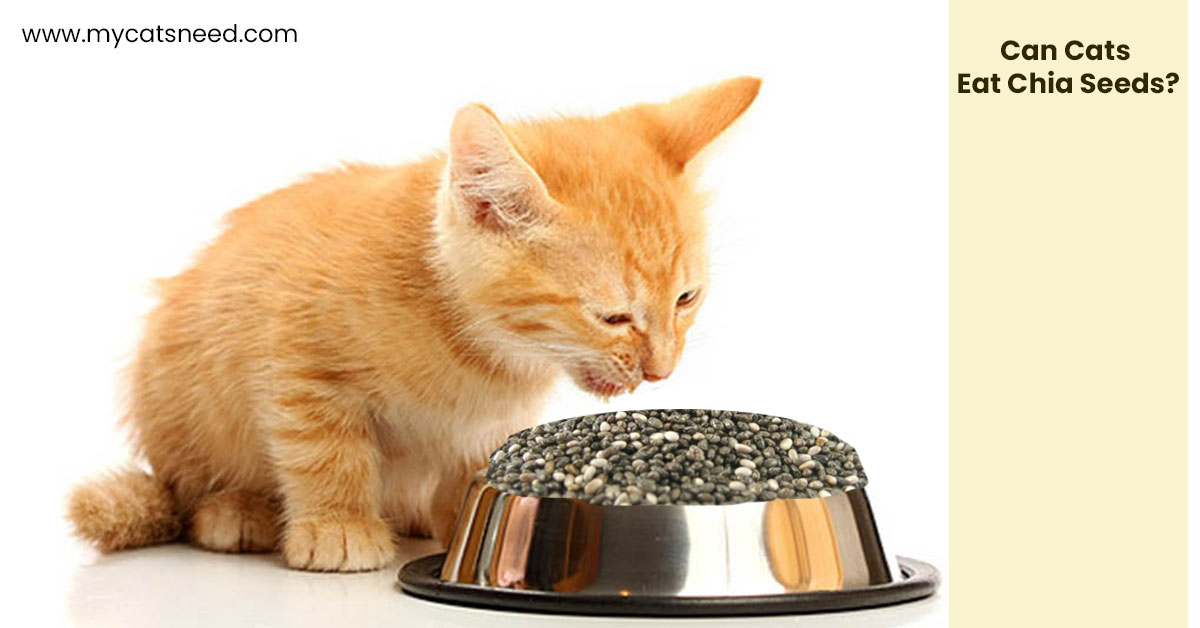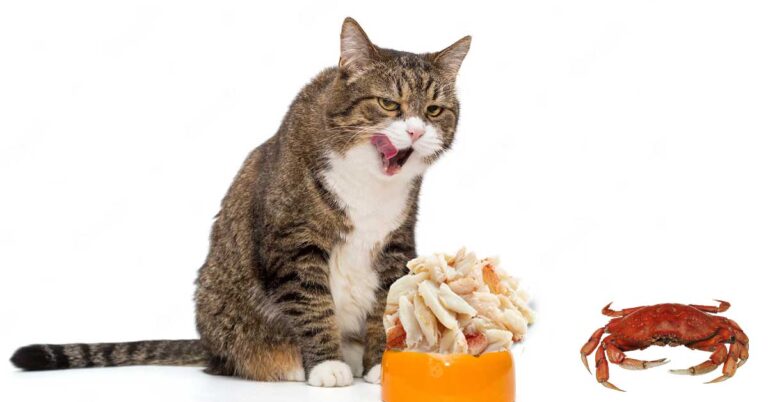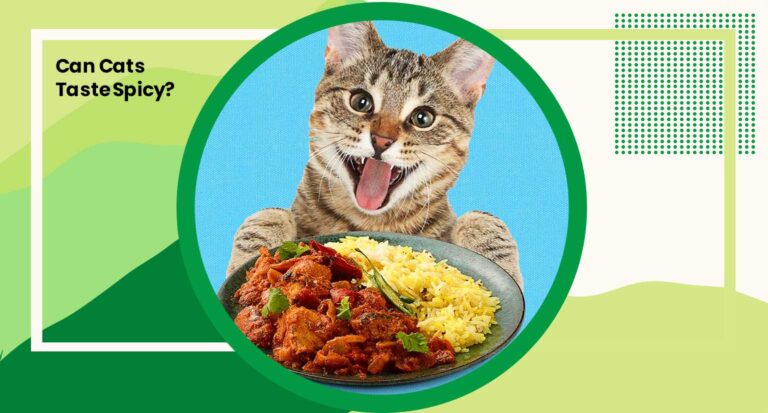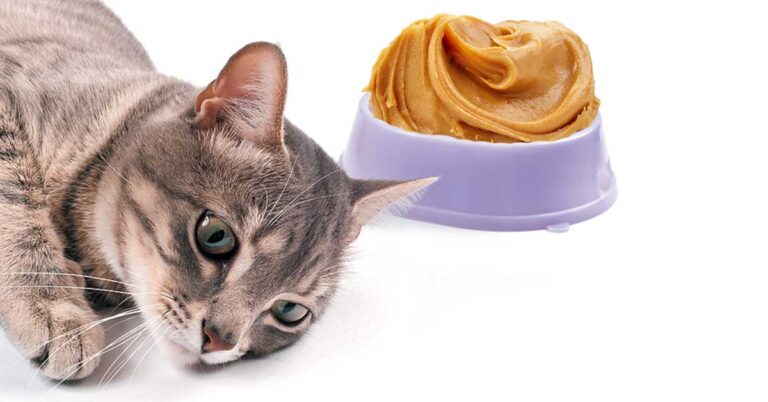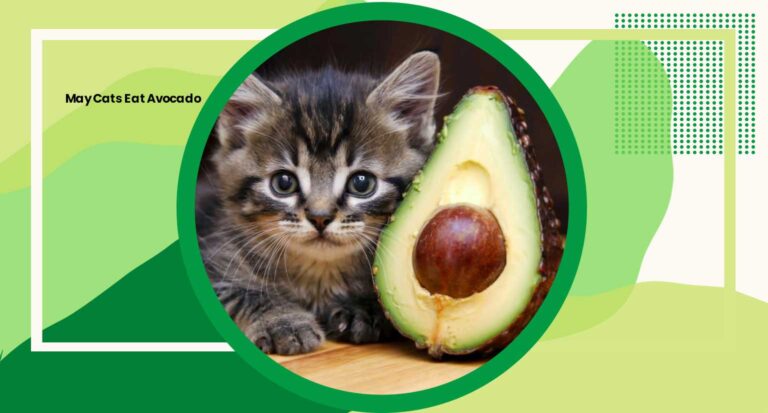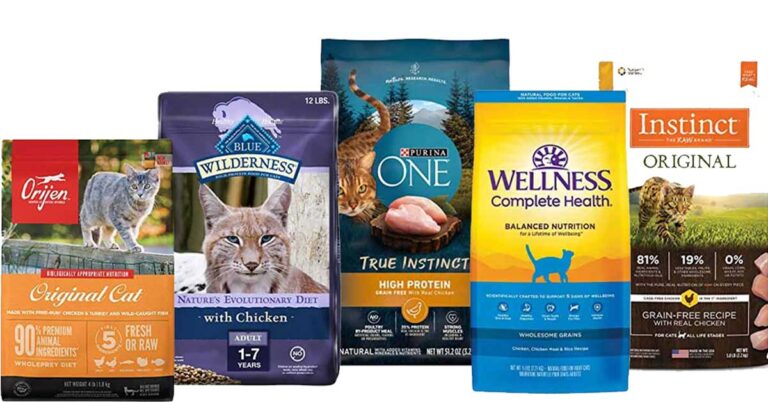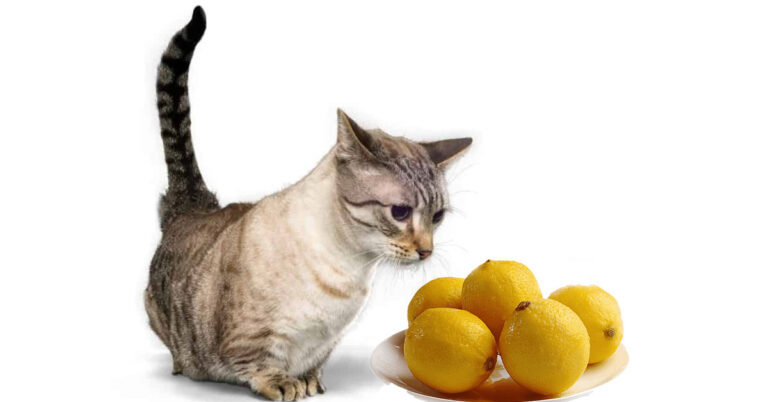Can Cats Eat Chia Seeds? Benefits, Risks and Side Effects
The question at the heart of every cat owner’s concern: can cats eat chia seeds? The short answer is yes, cats can indeed eat chia seeds. These tiny seeds, although primarily known as human food, can also offer a variety of health benefits to our feline friends. However, moderation is key.
It’s important to start with small quantities to see how your cat reacts. Like any new food, chia seeds could potentially cause allergic reactions in your cat, especially if they have a sensitive digestive system. Digestive issues can arise if cats eat too many chia seeds at once. Therefore, it’s best to introduce them gradually into your cat’s diet.
In small amounts, chia seeds are a good source of essential fatty acids, fiber, and folic acid – all of which play important roles in a cat’s overall health. Essential fatty acids contribute to a shiny and healthy coat, while fiber supports a healthy digestive system. Folic acid, on the other hand, boosts the cat’s immune system. However, chia seeds should never replace a balanced, species-appropriate diet for your cat, but rather supplement it.
This comprehensive guide will walk you through the benefits and potential risks of feeding chia seeds to your furry friend. Whether you’re thinking about sprinkling a teaspoon of chia seeds over your cat’s wet food or cultivating your own homegrown chia grass, this guide is for you.
Understanding Chia Seeds
Chia seeds originate from Salvia Hispanica, a type of plant in the mint family native to Central and South America. This plant was an important crop for the Aztecs and Mayans and has been consumed for a long time in the regions of Southern Mexico and Central America. Known for their high fiber content, chia seeds are considered a ‘superfood’ among humans, but what about our feline companions?
These tiny seeds are good sources of omega-3 fatty acids and fiber, among other essential nutrients. In humans, chia seeds play an important role in managing weight, promoting heart health, and stabilizing blood sugar levels. Additionally, their antioxidants fight free radicals, protecting the body from oxidative cell damage and chronic diseases.
It’s no wonder why many cat owners are considering these nutritional powerhouses as a valuable addition to their cat’s diet. However, we must remember that cats are obligate carnivores and have different nutritional needs compared to humans. So, it’s vital to explore if and how chia seeds can meet these needs without causing adverse reactions.
Benefits of Chia Seeds for Cats
When introduced correctly into your cat’s diet, chia seeds can offer a variety of health benefits. Here are some ways your feline friend might benefit from these edible seeds:
- High Fiber Content: The high fiber content in chia seeds can help support a healthy digestive system. They can help with both constipation and diarrhea, ensuring a smooth-running digestive tract.
- Essential Fatty Acids: Chia seeds are fatty acid powerhouses. They are an excellent source of Omega-3 fatty acids, which play a crucial role in your cat’s health, contributing to a shiny coat, healthy skin, and a robust immune system.
- Antioxidants: The antioxidants present in chia seeds help combat free radicals, which can protect your cat from oxidative cell damage and potentially, certain health conditions.
- Nutritional Value: Chia seeds are packed with essential nutrients, such as calcium, phosphorus, zinc, and vitamin B, which are beneficial to your cat’s overall health.
Remember, the benefits of chia seeds are best reaped when they are given in small quantities. Too much can lead to gastrointestinal upset. It’s also crucial to ensure that chia seeds are not the primary source of nutrients for your cat. They should complement a well-balanced diet tailored to your cat’s nutritional needs.
How to Introduce Chia Seeds to Your Cat
When introducing any new food to your cat, especially one like chia seeds that are far removed from their natural diet, it’s best to do so gradually and with care. Here are some steps to take:
- Start Small: Begin with tiny amounts. A good starting point would be a quarter teaspoon of chia seeds mixed into your cat’s wet food. Observe your cat for any adverse reactions. If none occur, you can slowly increase the amount.
- Hydrate the Seeds: Never give your cat dry chia seeds. These seeds absorb much water and can cause digestive issues when consumed dry. Soak the seeds in water for a few minutes before adding them to your cat’s food. The seeds will form a gel-like consistency, which is easier for your cat to digest.
- Monitor Your Cat: Pay close attention to how your cat responds to the new addition in their diet. Look out for any signs of allergic reactions or digestive problems. If any occur, stop feeding chia seeds immediately and consult your vet.
- Balance is Key: Remember, chia seeds should not replace your cat’s regular diet. They should merely serve as a supplement. Your cat’s primary diet should still consist of meat, as cats are obligate carnivores.
By following these steps, you can safely introduce chia seeds into your cat’s diet, ensuring they get the most out of this superfood while minimizing potential risks.
Potential Risks and Side Effects
While chia seeds can be a healthy addition to your cat’s diet, they are not without potential risks. Here are some things to keep in mind when feeding chia seeds to your feline friend:
- Digestive Issues: Given their high fiber content, too much chia seeds can upset your cat’s digestive system. They can cause gas, bloating, constipation, or diarrhea in cats, especially when introduced in large quantities all at once.
- Choking Hazard: Dry chia seeds can pose a choking hazard to your cat. They can also cause discomfort in the gastrointestinal tract since they expand upon contact with liquid. Always hydrate chia seeds before feeding them to your cat.
- Allergic Reactions: Some cats may be allergic to chia seeds. If you notice any signs of an allergic reaction, such as skin irritation, vomiting, diarrhea, or difficulty breathing, stop feeding your cat chia seeds and seek immediate veterinary help.
- Nutrient Imbalance: Over-reliance on chia seeds for your cat’s nutritional needs can lead to an imbalance. Cats require a diet rich in animal protein. While chia seeds have numerous benefits, they cannot replace the essential amino acids and vitamins found in meat.
As always, it’s best to consult with your vet before making any significant changes to your cat’s diet. If you decide to introduce chia seeds, remember to do so gradually and keep a close eye on your cat for any adverse reactions.
Chia Seeds Vs. Other Seeds
There are many types of seeds available, such as flax seeds and hemp seeds, which are often considered as potential supplements to a cat’s diet. Here’s how chia seeds compare to some of these options:
- Chia Seeds Vs. Flax Seeds: Both flax and chia seeds are excellent sources of fiber and omega-3 fatty acids. However, flax seeds need to be ground for your cat’s body to absorb their nutrients fully. On the other hand, chia seeds can be absorbed whole, making them a more convenient choice for many pet owners.
- Chia Seeds Vs. Hemp Seeds: While hemp seeds are safe for cats and are a good source of essential fatty acids, they lack the high fiber content that chia seeds boast. Therefore, if your focus is on increasing your cat’s fiber intake, chia seeds might be a better option.
Remember, while these seeds can all be beneficial supplements to your cat’s diet, none of them should replace a balanced, meat-based diet that caters to your cat’s nutritional needs. Always consult with your vet before introducing new foods into your cat’s diet.
Chia Plants and Cats
As cat owners, we’re all too familiar with our feline friends’ affinity for plants and grass. You might be wondering if your curious cat can safely munch on chia plants just as they do with chia seeds. In short, yes. Chia plants, including their sprouts (known to many as chia pets), are non-toxic to cats. In fact, they can serve as a great alternative to other types of grass that cats love to nibble on.
Chia plants can be a healthy and tasty grass option for your four-legged friend, especially during the summer months when hay fever is a concern. The sprouts are rich in essential vitamins and minerals, providing a good source of nutrients. Additionally, they can help with digestion and act as a natural hairball remedy due to the insoluble fiber content.
Remember, chia plants or sprouts should be offered as a treat and should not form a major part of your cat’s diet. As with chia seeds, monitor your cat for any adverse reactions when introducing chia plants or sprouts.
If you’re looking to provide your cat with some tasty grass to nibble on, homegrown chia grass can be an excellent choice. It’s easy to grow and safe for your feline companion to eat, making it a valuable addition to any cat-friendly home.
Conclusion
In the world of pet nutrition, the question, “can cats eat chia seeds?” is one many cat owners find themselves asking. The good news is that yes, in moderation, chia seeds can be a healthy supplement to your cat’s diet. These tiny seeds are packed with essential nutrients such as omega-3 fatty acids, fiber, and antioxidants, which can provide numerous health benefits to your furry friend.
When introducing chia seeds to your cat, start with small amounts, hydrate the seeds, and closely monitor your cat’s reaction. Remember that while chia seeds have a lot to offer, they are a supplement and not a replacement for your cat’s regular diet. Similarly, while chia plants and sprouts can provide a fun and healthy treat for your cat, they should not replace a balanced diet.
As always, it’s best to consult with a vet before introducing any new food into your cat’s diet. With the right guidance and careful introduction, chia seeds could become a valuable addition to your cat’s diet, contributing to their overall health and well-being.

